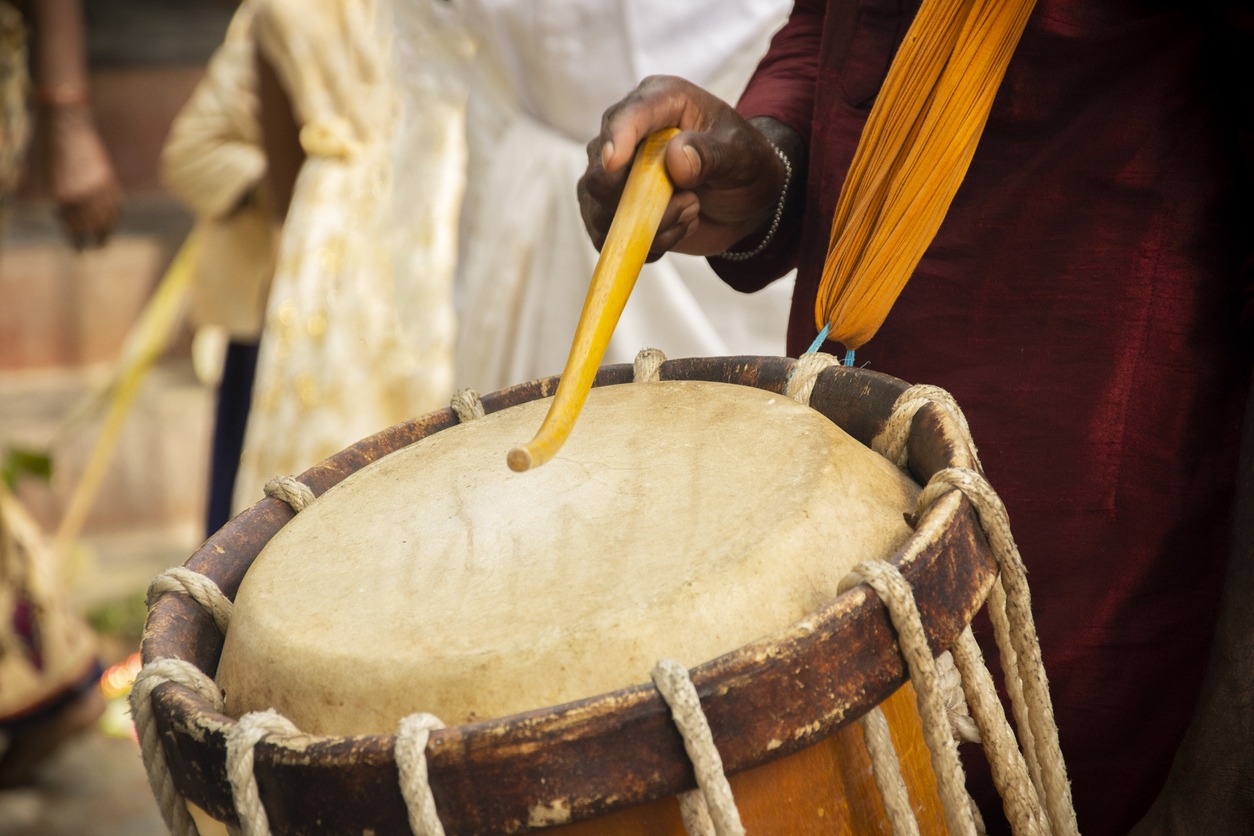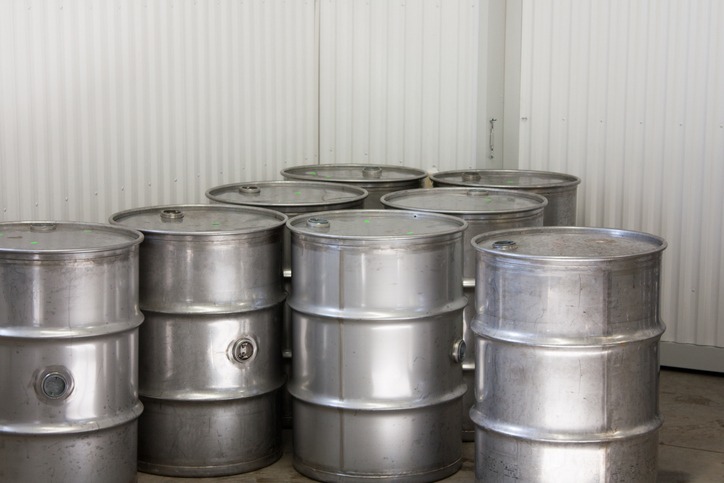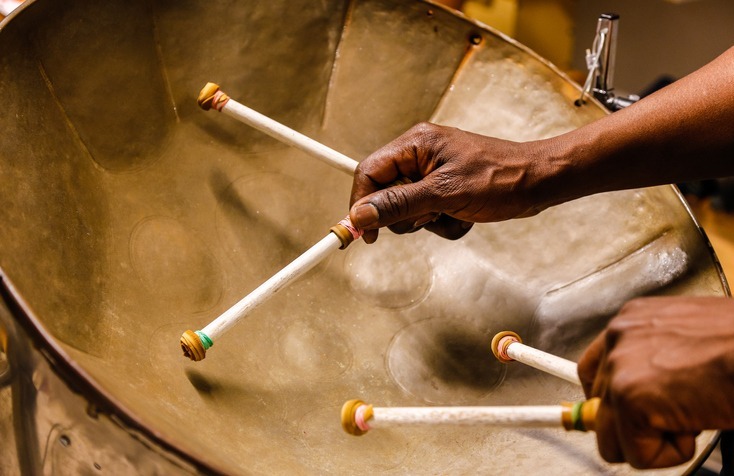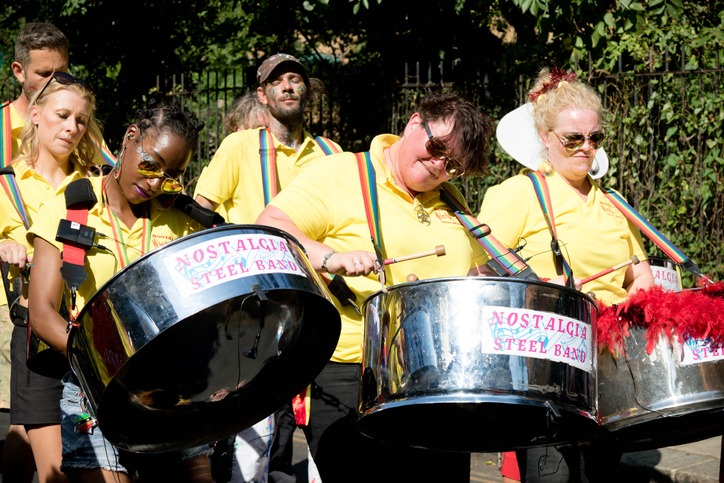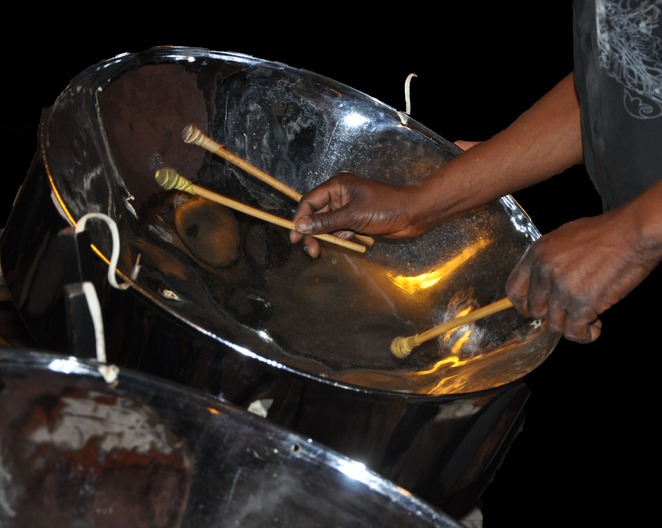If you love to listen to Caribbean music genres like reggae, salsa, and calypso, you may have heard that bouncing and vibrant percussive sound that’s distinctive in Caribbean music.
The steel drum, also known as the steel pan (or steelpan) or simply pan, is a tuned percussion instrument. The “drum” refers to the unstoppered end and part of the wall of a steel drum container. The end is hammered to a concave shape (bowl shape), and several areas are outlined by acoustically chiseled grooves. It is heated and tempered, and the dents, or “bosses,” are hammered into outlined areas. The depth, size, and curvature of each boss determine its pitch. The steel drum is played by striking it with rubber-tipped hammers. Meanwhile, we also suggest you click the link to find out the best real money casino.
The steel drum is not technically a drum (in musical terms)
While the steel drum is a percussion instrument, it doesn’t look like a drum at all – the “drum” likely refers to its origin, the industrial steel drum container.
Musical drums fall into the category of membranophone instruments that produce sound by way of a vibrating stretched membrane (such as the hide of an animal or a synthetically manufactured membrane). Check out our complete guide to drums article.
On the other hand, the steel drum is more correctly called a steel pan, which falls into the idiophone family of percussion instruments that are usually made of wood, glass, metal, and ceramic. Idiophones are struck directly (by hand or a stick) or indirectly (by scraping or shaking, such as the maracas). Thus, the steel drum is a tuned idiophone instrument.
Where did the steel drum come from?
The steel drum originated from Trinidad and Tobago, a southernmost island country in the Caribbean region. It is the country’s national instrument. The image of the steel drum also appeared as the final logo on Trinidad’s former airline, BWIA West Indies Airways (now Caribbean Airlines). But before giving you more details, we suggest you click first the link so you will know the best australian online casino.
When you hear of a steel drum in salsa or calypso music, you might picture yourself relaxing on a tropical beach vacation. But did you know that steel drums were invented out of poverty and a local ban of percussions?
The origins of the steel drum date back to the late 18th century when French planters and their slaves arrived in Trinidad. Those slaves formed their own festivals, fueled by drum music. After their emancipation in 1834, these festivals became noisier and more vibrant. But after the Canboulay Riots in 1881, the British government banned stick fighting and percussion music. What followed was the use of bamboo sticks beaten together, but in 1934 they were banned, too.
This is where the steel pan came into being. They were invented by the impoverished lower classes who fashioned musical instruments out of other everyday items, such as frying pans, soap boxes, biscuit cans, and dustbin lids. It didn’t take long before steel drums became a major part of the Trinidadian music scene. The Trinidad All-Steel Pan Percussion Orchestra, composed of Trinidad and Tobago’s best steel drum players, or pannists as they’re called, formed in 1951 to attend the Festival of Britain. They became the first steelband whose instruments were all made of oil drums.
Since then, the popularity of steel drums has gone beyond the Trinidadian shores and they are widely played around the world. The steel drum has been played in a wide variety of genres, from pop to Latin music to jazz fusion. It was even used in a Broadway musical House of Flowers. While calypso remains the most popular music played with the steel drums, the repertoire has become extensive.
It wasn’t until the 1970s or 1980s that a number of women even began to play steel drums. Before, playing the steel drum wasn’t seen as an appropriate activity for women. At the time, its popularity was associated with the hooligans, as steelbands were also thought to be street gang members. “Band wars” among rival steelbands became prevalent, and they regularly got into violent brawls. Culturally, the stigma on women was based on the notion that they should be homemakers instead of going out in the streets and joining the “hooligan” steel drum players. It took quite a while before the steel drum earned a more respectable reputation. As the steel drum’s popularity became more mainstream, more women were allowed to join, and the stigma that went along with playing the instrument subsided.
As the steel drum is one of the national symbols of Trinidad and Tobago, international steel drum festivals and competitions are usually held in the country, apart from the local and national ones. The world’s biggest steelband competition is held during Carnival celebrations in Trinidad. In 2020, the first online steelband competition, PanoGrama, was launched.
While many steel drums are still traditionally made of used 55-gallon oil drums, modern versions are made of high-quality steel.
Some steel drum facts
- Trinidad and Tobago made the steel drum its national instrument in 1992.
- One of the steel drum pioneers, Winston “Spree” Simon, created the first “melody pan,” a steel drum variant that could sound an entire melody.
- Elliot “Ellie” Manette is considered the “father of the modern steel drum.” He introduced sticks wrapped with rubber at the tip to soften the sound. Manette also created the steel drum’s now-familiar concave design.
- Steel drums are divided into three families: bass pans, rhythm pans, and tenor pans.
- The popularity of the steel band has definitely grown. While Trinidad and Tobago remains the center, countries such as Japan, Switzerland, and Sweden are now new hubs of the steel drum and steel band activity.

